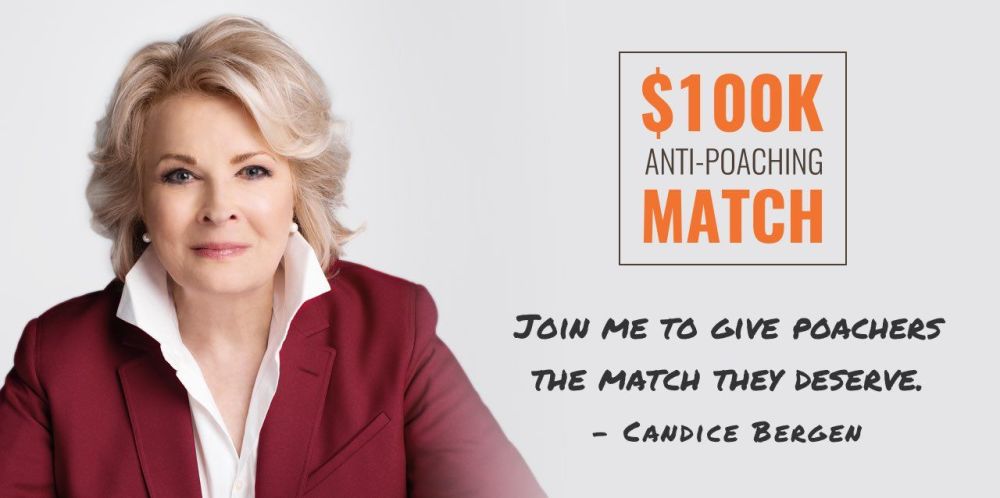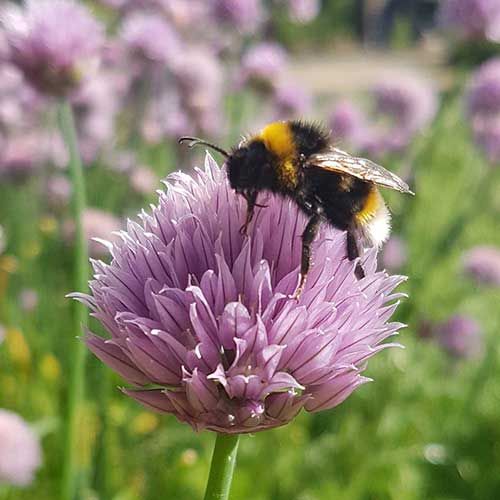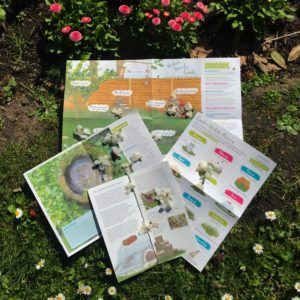|
This August 2019, Birdfair takes place in Rutland in the UK.
Every year, this huge event raises money for conservation – big money. In 2018, it raised £322,000 to create a haven for Flamingos at Mar Chiquita in Argentina.
23,000 people went to the fair – you can see its size – and all helped contribute towards creating this haven for 3 species of flamingo and other bird species.
BirdLife International will work with Aves Argentinas, its partner in Argentina, to create the country’s newest national park there.
In 2019, Birdfair takes place between 16 to 18 August.
Proceeds from the tickets, exhibitor fees, sponsorship and events will all go towards this year’s project.
The 2019 Birdfair project is for the Big Five in Cambodia.
Western Siem Pang has 40% of the logbal population of White-shouldered Ibis, over 20% of the global population of Giant Ibis and 0% of the Cambodian population of vultures – actually up to 84 of the 121 left.
The Indian Spotted Eagle, Green Peafowl, Sarus Crane, Lesser Adjutant, Greater Adjutant and Great Slaty Woodpecker, Eld’s Deer, Clouded Leopard and Sun Bears also live there.
The location of the site is all the more important because of its location, connecting the Virachey National Park in Colombia to the Xe Pian National Protected Area in Laos.
It creates a unique block of protected forests which means that some of the rarest large mammal and bird species in Asia can move freely.
BirdLife International’s involvement in the area isn’t new. It’s been there for 15 years helping to make sure it was declared a wildlife sanctuary in 2016.
How will Birdfair 2019 help wildlife in Cambodia?
The money raised from BirdFair 2019 will go to improving relationships with local people to protect the species living there. Authorities there will be better able to tackle illegal activities and provide site management support to manage and protect the forest effectiveliy. And the Ministry of Environment needs help, too: to develop a zoning plan for the huge new site and ensure the rangers have the training and organization they need. Rules need to be enforced.
Introducing the Ibis Rise Initiative
One of the things I find particularly exciting about the work being done and to be done is to expand the scope of an initiative called Ibis Rise. It’s an enterprise working with Cambodian farmers to protect the ecosystem, whilst offering better of life and livelihoods.
The aim is to expand wildlife-friendly rice farming to 200-300 families who agree to the “no hunting, no logging, no encroaching” rules in exchange for a premium price for their produce.
Finally, BirdLife has been working to improve the reproductive success of the areas’ five Critically Endangered bird species by restoring wetlands and monitoring their populations. If their breeding efforts can be supported, it is hoped they will be able to expand back into more of a natural range.
There are 700,000 hectares, so this is a BIG project for wildlife!
More information
Find out more about BirdFair (dogs aren’t allowed, apart from Guide Dogs and Assistance Dogs)
|


